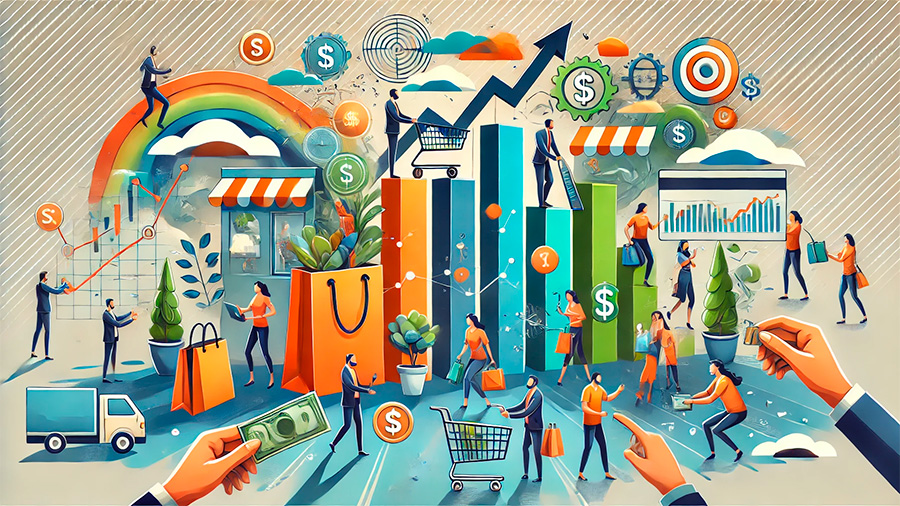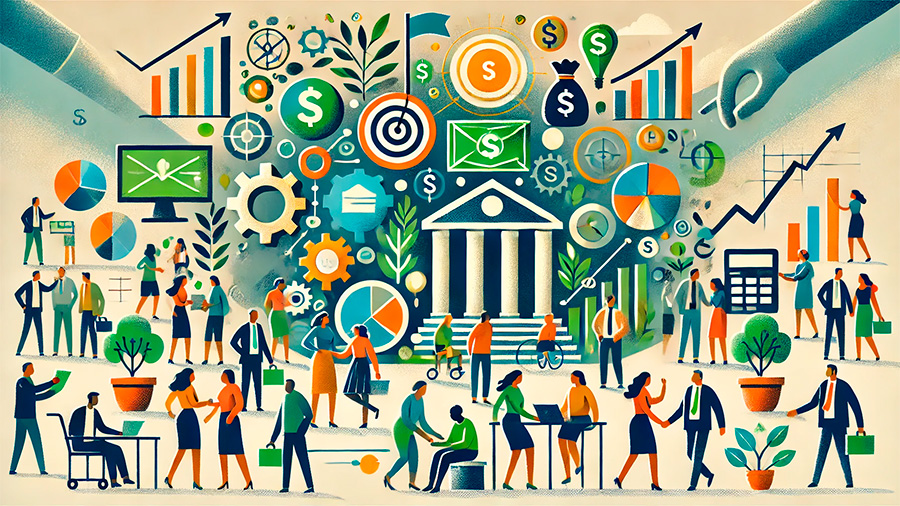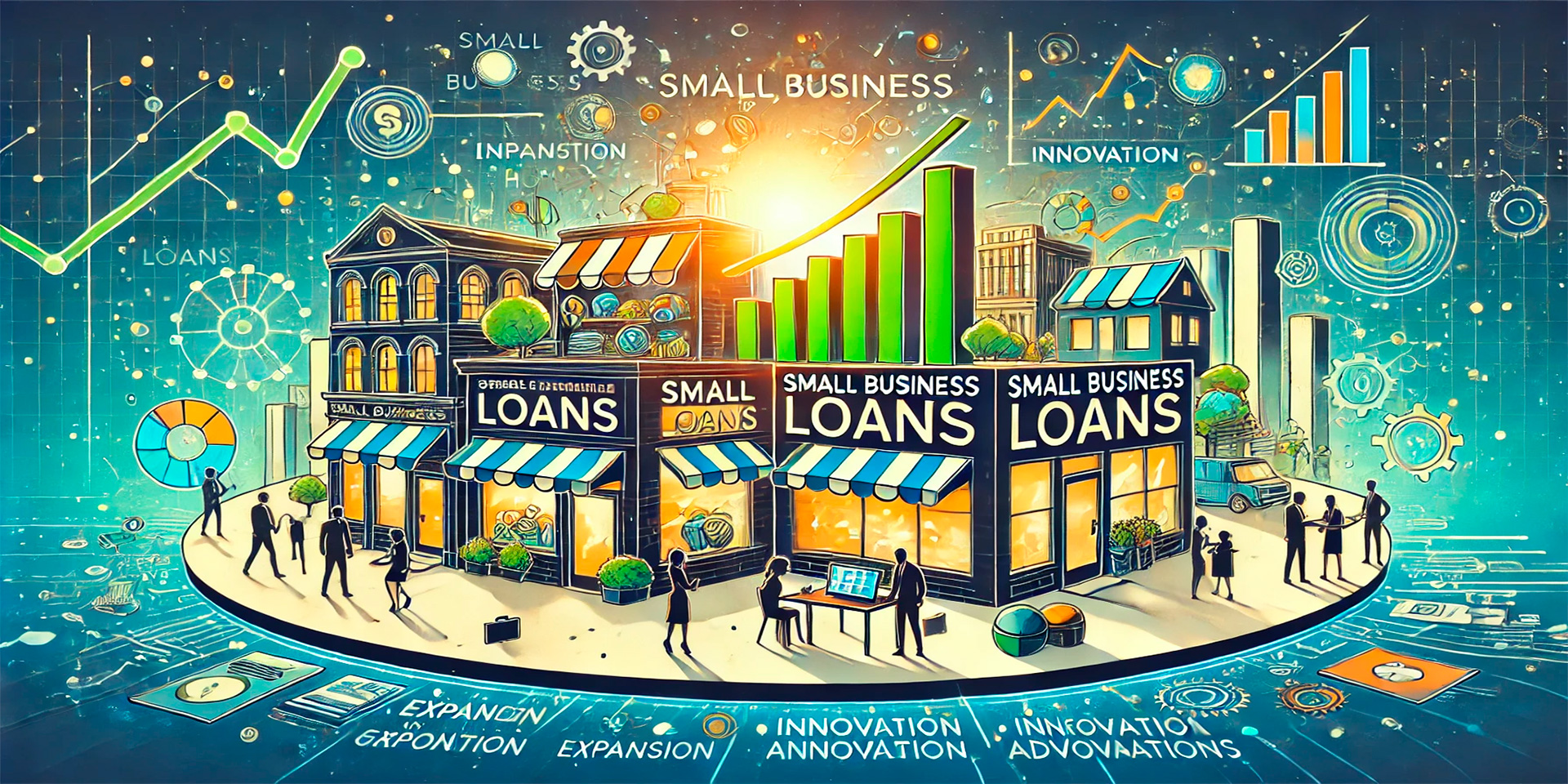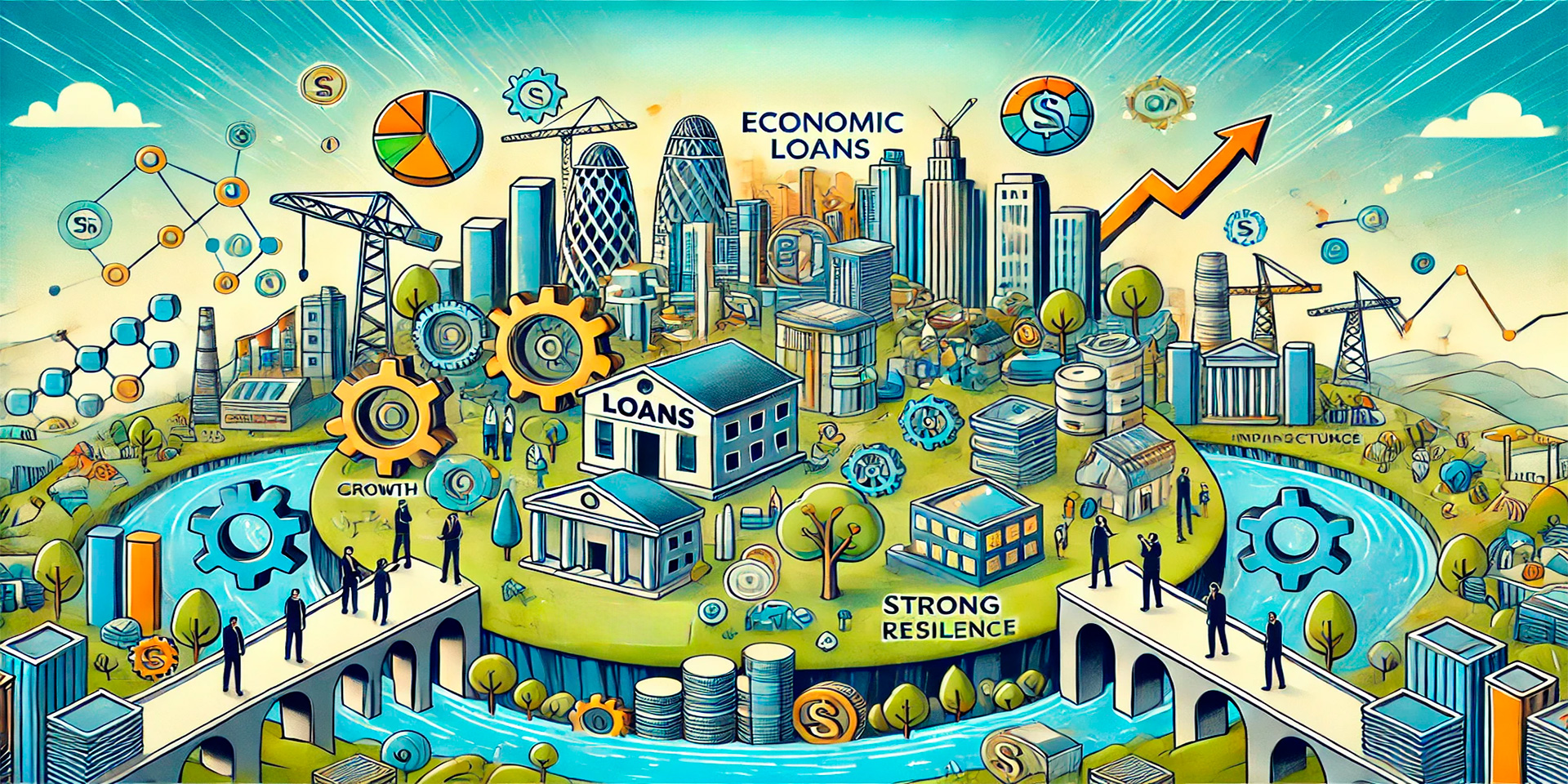Access to loans plays a critical role in stimulating economic growth by providing individuals and businesses with the capital they need to expand, invest, and innovate. Whether for starting a small business, funding large-scale infrastructure projects, or supporting personal investments, loans empower people and organizations to create value that drives broader economic development. Improved access to financing leads to increased consumer spending, business expansion, and job creation, all of which contribute to a healthier economy.
In this article, we will explore how greater access to loans can improve economic conditions, driving growth and prosperity across communities and industries.
Fueling Business Growth and Expansion
One of the most significant ways access to loans can improve economic conditions is by supporting business growth. For small and medium-sized enterprises (SMEs), loans are often the only viable way to finance expansion projects, hire more employees, or invest in new technology. With greater access to financing, businesses can scale their operations, enter new markets, and increase productivity, contributing to overall economic growth.
When businesses grow, they create jobs, which in turn boosts consumer spending. This virtuous cycle strengthens local economies and stimulates demand for goods and services. Additionally, businesses that receive loans can innovate more freely, investing in research and development (R&D) to create new products, improve efficiency, and remain competitive in the global market. This innovation often leads to further economic benefits, as new industries emerge and existing ones evolve.

Encouraging Consumer Spending
Loans also play a crucial role in increasing consumer spending, which is a key driver of economic growth. Personal loans, mortgages, and credit lines give individuals access to the funds they need to make significant purchases, such as homes, cars, or educational investments. When consumers have access to financing, they are more likely to spend, supporting businesses and contributing to a thriving economy.
Consumer spending, powered by loans, drives demand for products and services, which in turn encourages businesses to expand and hire more workers. This ripple effect is vital for maintaining a stable and growing economy. Moreover, as consumers take out loans to buy homes or finance education, they are making long-term investments that further support economic development by fostering stable communities and an educated workforce.
Supporting Infrastructure and Public Projects
Improved access to loans doesn’t just benefit private businesses and individuals—it also plays a vital role in public infrastructure projects. Government loans or public-private partnerships often fund large-scale projects like roads, bridges, airports, and energy infrastructure, which are essential for a functioning economy. These projects not only create jobs during the construction phase but also improve productivity by providing the infrastructure necessary for businesses to operate efficiently.
Infrastructure improvements lead to long-term economic gains. For instance, better transportation networks reduce logistical costs for businesses, making it easier for them to distribute goods and services. Similarly, investments in energy infrastructure can lower costs for manufacturers, making industries more competitive both locally and internationally.

Promoting Financial Inclusion and Economic Equality
Access to loans also plays a crucial role in promoting financial inclusion, particularly for underserved populations. When individuals and businesses in rural or low-income areas have access to financing, they can invest in their future, whether by starting a business, expanding agricultural production, or improving their education. This fosters greater economic equality and reduces income disparities by providing everyone with the tools to succeed economically.
For example, microfinance institutions that provide small loans to entrepreneurs in developing economies have proven effective in lifting people out of poverty by giving them the capital they need to start or expand a business. As more people participate in the formal economy, they contribute to tax revenues, consumer spending, and job creation, improving the overall economic health of their communities.
Stabilizing Economies During Downturns
During periods of economic downturn, access to loans can be a lifeline for businesses and individuals. When businesses face temporary setbacks, such as reduced demand or disruptions in supply chains, loans provide the necessary liquidity to maintain operations, retain employees, and continue serving customers. Without access to financing, many businesses might be forced to shut down, leading to increased unemployment and a further decline in economic activity.
For individuals, loans can help weather difficult financial times by providing the funds necessary to cover unexpected expenses, pay for education, or secure housing. Governments and financial institutions can also use loans to support economic recovery by offering low-interest financing programs that encourage spending and investment during downturns. This helps stabilize the economy and create the conditions for a more robust recovery.
Conclusion
Access to loans is a powerful tool for improving economic conditions by fostering business growth, encouraging consumer spending, supporting public infrastructure projects, and promoting financial inclusion. By providing individuals and businesses with the capital they need to invest in their futures, loans drive economic development and create a more prosperous society. Whether through job creation, innovation, or stabilizing economies during downturns, loans play an essential role in building a thriving, resilient economy.




